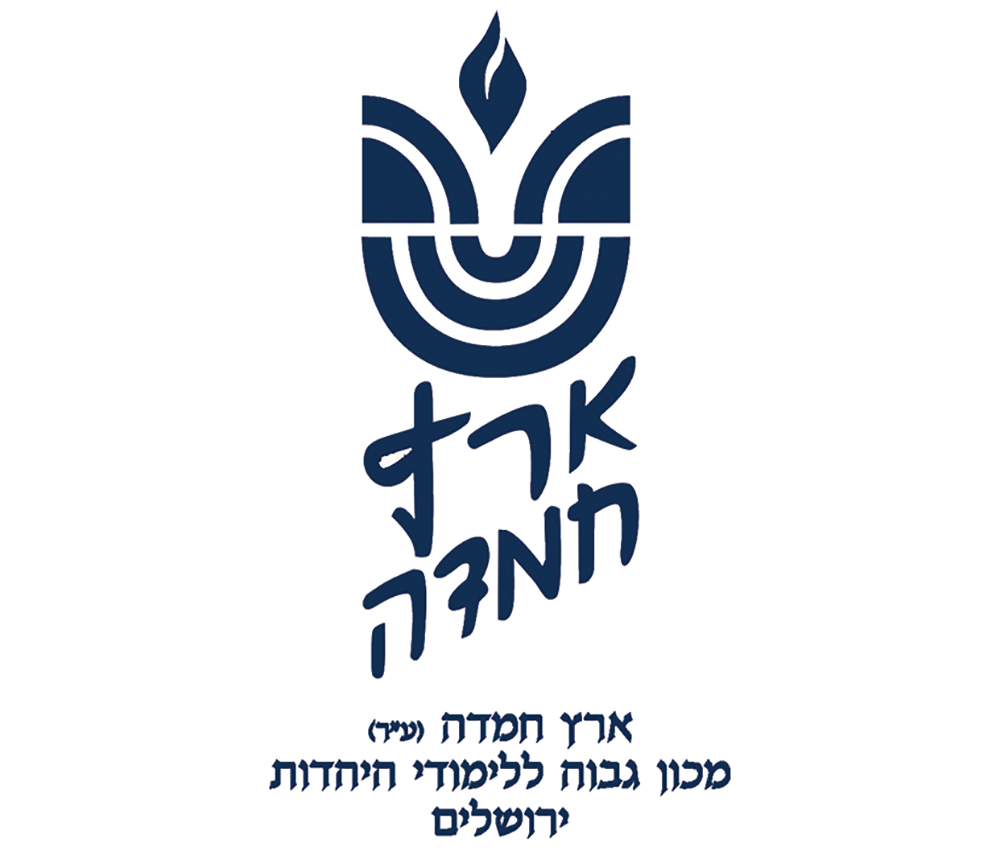
לעילוי נשמת
יואל אפרים בן אברהם עוזיאל זלצמן ז”ל
Question: When do we say Hanerot Halalu (=Hnhl)—when one person lights and when several people light?
Answer: The earliest source of the practice to recite Hnhl is Masechet Sofrim (20:4), an early, post-Talmudic work. While many early Rishonim (including the Rambam) do not mention the practice, the Maharam M’Rutenburg and his students (see Rosh, Shabbat 2:8) helped make it mainstream, so that it is accepted by the Shulchan Aruch (Orach Chayim 676:4) and practiced by all eidot.
The recitation’s timing is debated. Masechet Sofrim seems to present it (see Bach, OC 676) as being said after the bracha of l’hadlik ner … as an accompanying “condition,” before she’asa nissim and shehecheyanu (perhaps before or during the lighting). This diverges greatly from normal rules of mitzvot/brachot (see Shut Maharil 145).
The Shulchan Aruch describes it as after the brachot and lighting, but does not say after how much lighting. The Maharshal (Shut 85) posits that Hnhl is after the first candle, which is the main mitzvah. The Pri Megadim (676, MZ 5) demonstrates that the bracha relates to all of the candles, and therefore sees it is as a problematic break before the mitzvah is complete. The main answer is that after a bracha takes effect on the beginning, primary fulfillment of the mitzvah, speaking to help enhance the continued fulfillment of the mitzvah is fine. This concept finds expression regarding bedikat chametz (Shulchan Aruch, OC 432:1; Mishna Berura 432:6) and shofar blowing (Shulchan Aruch, OC 592:3; Mishna Berura 592:14). The Mishna Berura (676:8) cites both opinions (after the first candle, after the last) as legitimate, but the main practice (which the Pri Megadim concedes), is to recite Hnhl after lighting the first candle, accompanying the lighting of the other candles.
I did not find poskim discussing multiple lighters. Does each lighter recite Hnhl in its regular place, or is there one recitation and when? Let it be clear that regarding this far from critical practice (see Aruch Hashulchan, OC 676:8), there are many legitimate and practiced permutations on timing, and I do not mean to oppose them. We will focus on what logic based on the concepts may suggest, rather than what one should do.
The basic content of Hnhl is twofold: 1. The candles are an expression of thanks to and praise of Hashem; 2. The candles may not be used for another purpose other than looking at them. This may suggest that a main goal of Hnhl is to remind oneself/others not to benefit from the light because the candles were lit for the mitzvah (see Moadim L’Simcha II:4). According to that, reciting Hnhl after the first candle could be to reduce the chance of benefiting from it at that stage. If so, the first person likely should recite it out loud after his first candle. However, it seems more likely that the recitation’s main purpose is to put the lighting into perspective—it is instituted to praise Hashem for saving our ancestors in their battle against the Greeks (ibid.; Minchat Shlomo II:58). According to that, it is said after the first candle to present the correct perspective in the midst of the lighting. Since we do not recite it before the lighting but as we are doing it, it makes sense that everyone should recite it as he lights.
Presumably, either way, we would not want to wait until the last lighting to recite Hnhl, which many people do (Harav Mordechai Willig, shlita told me he recommends saying it only after the last person lights his first candle.) The idea of waiting can be justified by the concept that the lightings constitute a joint lighting of the household. One such indication is that one candle for the household is essentially enough; another is the Rambam’s opinion of mehadrin min hamehadrin, above the letter of the law, (Chanuka 4:1; admittedly, few do so) that one person lights candles corresponding to the number of people in the household.
While all permutations are fine, the following appeals to me: the first lighter recites it out loud for all; other lighters recite for themselves; at the end, all (including any non-lighters) do so festively.
Rabbi Mann is a dayan for Eretz Hemdah and a staff member of Yeshiva University’s Gruss Kollel in Israel. He is a senior member of the Eretz Hemdah responder staff, editor of Hemdat Yamim and the author of “Living the Halachic Process Volumes 1 and 2” and “A Glimpse of Greatness.”












